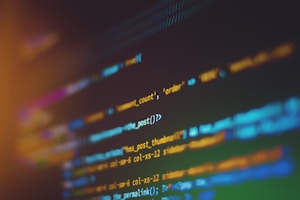Firewalls are network measures that are put in place for the users of a network to stay safe within the system. Network controls are used to determine which traffic should go on which network and usually shape the nature of traffic that is headed to a system. Network controls will be able to sort the traffic on a system based on destination IP addresses and any of the computers on a network that have been assigned as the destination for incoming traffic are sorted and classified by the network controls as safe for incoming internet traffic. Firewalls are a deterrent for suspicious or harmful incoming traffic that might have the potential to cause harm to the system files and the information structure of the systems that are being protected. They prevent harmful files from entering the network system and are often the reason why information getting past a networked device has to be scanned and filtered before it is even allowed to get in. The network controls that are put into place for keeping information safe are those which ensure that the integrity of information is assured and that all the traffic gets to where it is required. Other reasons for the network controls being put into place is to ensure that proper validation and verifications of the identity of any systems that might be trying to access the network is done to ensure that all parties that have been granted permission into the system get to enter. On the other hand, network traffic that has not been given permission to get into the system or even make changes is kept at bay by the firewall and this ensures that nothing gets past the firewall if is feels suspicious, unauthorized or not destined for that particular system.
Firewalls have been designed and constructed in such a manner that they are not static in nature but the dynamic nature of their code ensures that they adapt to the security patterns and requirements for a system. The firewalls will be able to learn over the course of protecting the system which incoming traffic patterns are safe and allowed to get past and which network access patterns are simply not allowed to get past the system. The design of these firewalls also ensure that the network is kept clean and all unwanted and unwarranted traffic kept at bay and not allowed to get into the system. If the firewall is in charge of protecting a remote system, the person trying to login must provide the correct credentials so as to avoid getting locked out and unless they are able to provide a proper username and password into the system, the firewall will not let them to gain access or entry into the system.
Information security is the priority in many designs and engineers have to place network controls into place to ensure that nothing is able to scale past the firewall or have unauthorized access. Information is also filtered and all traffic flagged to ensure that it doesn’t harm the system.




